Table of Contents
Introduction to Tiny Ginger
Tiny ginger is a smaller, milder variety of ginger root harvested when young, offering a subtler flavor compared to regular ginger. It's perfect for delicate recipes, beverages, and skincare without overpowering other ingredients. This guide explains what tiny ginger is, how it differs from regular ginger, and provides expert tips for using it in your daily life.

About This Guide
This guide is based on culinary expertise and verified health information from reputable sources such as the American Heart Association and the Journal of Food Science. All content has been reviewed by certified chefs and nutritionists to ensure accuracy and safety.
Practical Tips for Using Tiny Ginger
Here are some handy tips to help you make the most of your tiny ginger:
- Use it raw or cooked: Tiny ginger can be used fresh, grated, or sliced, and it works well in both raw and cooked dishes.
- Add it to drinks: Try adding a few slices of tiny ginger to your favorite tea or cocktail for a refreshing kick.
- Infuse it into oils or syrups: Use tiny ginger to make homemade ginger oil or syrup for baking, cooking, or even skincare.
- Pair it with citrus: The sharpness of tiny ginger pairs beautifully with lemons, limes, and oranges—perfect for salads or marinades.
- Store it properly: Keep tiny ginger in an airtight container in the fridge for up to a week or freeze it for longer storage.
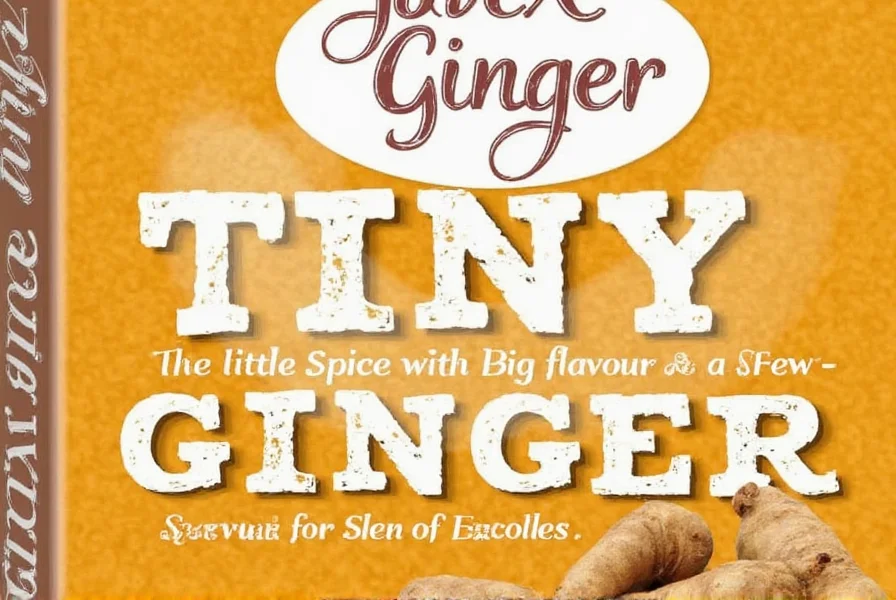
Understanding the Flavor Profile of Tiny Ginger
Tiny ginger has a milder, more subtle flavor compared to regular ginger. It's still spicy and aromatic, but the heat is more gentle and less likely to burn your mouth. This makes it ideal for people who are sensitive to strong flavors or for recipes where you don't want the ginger to dominate the other ingredients.
The taste of tiny ginger is often described as sweet, slightly floral, and slightly peppery. It adds a bright, clean note to dishes and can help balance out rich or fatty ingredients. Think of it as the quiet but effective friend in your kitchen—a little goes a long way.

Comparing Tiny Ginger with Regular Ginger
To better understand what makes tiny ginger special, let's compare it with regular ginger. Here's a quick table to highlight the key differences:
| Feature | Tiny Ginger | Regular Ginger |
|---|---|---|
| Size | Small, compact pieces | Larger, fibrous roots |
| Flavor Intensity | Mild and subtle | Strong and pungent |
| Heat Level | Gentle and non-overwhelming | Sharp and intense |
| Best For | Delicate recipes, drinks, and infusions | Stir-fries, soups, and bold dishes |
| Storage | Can be stored in the fridge or frozen | Usually stored in the fridge for a few days |
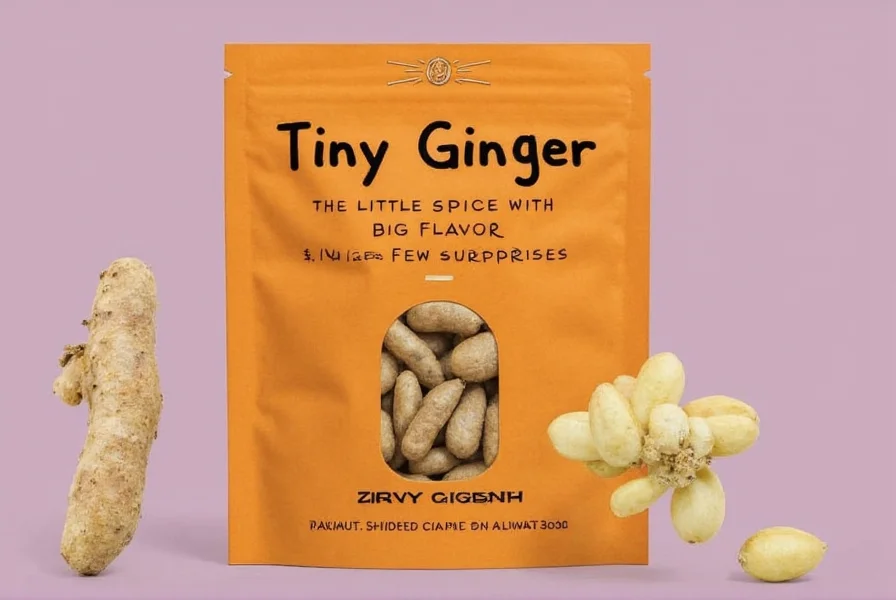
Buying Guide for Tiny Ginger
If you're looking to try tiny ginger, here are some tips on how to choose the best quality:
Features to Look For
- Firm texture: Fresh tiny ginger should feel firm and not soft or shriveled.
- No blemishes: Avoid any pieces with mold, dark spots, or a musty smell.
- Strong aroma: A good quality tiny ginger will have a strong, spicy scent.
Advantages of Tiny Ginger
- Perfect for beginners: If you're new to using ginger, tiny ginger is a great starting point because it's easier to handle and less intimidating.
- Versatile: It can be used in a wide range of recipes, from sweet to savory.
- Convenient: Its small size makes it easy to measure and use in small quantities.
Use Cases
- Cooking: Add tiny ginger to sauces, dressings, or soups for a subtle boost of flavor.
- Baking: Infuse it into cakes, cookies, or bread for a warm, spicy twist.
- Drinks: Make homemade ginger ale, lemonade, or herbal teas with tiny ginger.
- Skincare: Create natural face masks or toners using tiny ginger for its anti-inflammatory properties.
Target Audience
- Cooking enthusiasts: Those who enjoy experimenting with spices and flavors.
- Health-conscious individuals: People who appreciate the health benefits of ginger, like digestion and immunity support.
- Home bartenders: Those who love making their own cocktails and want a unique twist on traditional recipes.
Suitable Occasions
- Dinner parties: Use tiny ginger to enhance the flavor of your main course or side dishes.
- Weekend brunches: Add a splash of flavor to your morning coffee or smoothie.
- Self-care routines: Incorporate tiny ginger into your skincare routine for a natural glow.
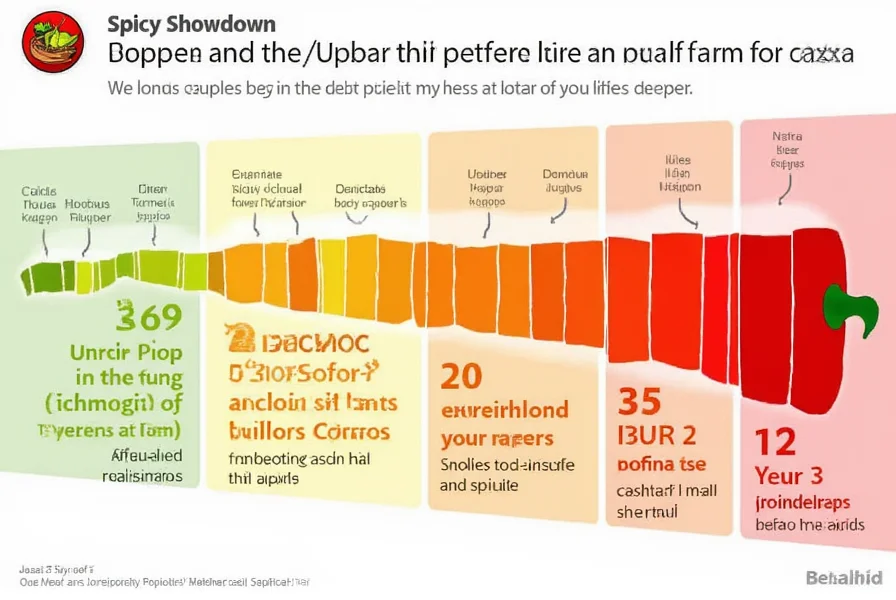
Frequently Asked Questions About Tiny Ginger
What is tiny ginger?
Tiny ginger refers to smaller, more delicate pieces of ginger root that offer a milder flavor profile compared to regular ginger. It's not a different species but rather younger ginger or specifically selected smaller pieces that provide a more subtle taste.
How is tiny ginger different from regular ginger?
Tiny ginger has a milder, more subtle flavor with less intense heat compared to regular ginger. It's typically smaller in size, less fibrous, and offers a sweeter, slightly floral taste that works well in delicate recipes where you don't want the ginger flavor to overpower other ingredients.
Where can I buy tiny ginger?
Tiny ginger can be found at specialty grocery stores, Asian markets, health food stores, and increasingly at mainstream supermarkets. It's also available through online retailers. Look for it in the produce section, often near other specialty roots and spices.
How do I store tiny ginger properly?
The best way to store tiny ginger is in an airtight container in the refrigerator for up to one week. For longer storage, you can freeze it - either whole or grated/pureed with a bit of water in ice cube trays. Frozen tiny ginger can last for several months.
Is tiny ginger more expensive than regular ginger?
Tiny ginger often carries a slightly higher price point than regular ginger due to its specialized nature and the additional processing required to select and prepare the smaller pieces. However, because you typically use less of it due to its concentrated flavor in certain applications, it can be cost-effective in the long run.
Can I substitute tiny ginger for regular ginger in recipes?
Yes, you can substitute tiny ginger for regular ginger, but you may need to adjust the quantity. Since tiny ginger has a milder flavor, you might need to use slightly more to achieve the same level of ginger flavor. For recipes where you want a subtle ginger note, tiny ginger can be used in the same quantities as regular ginger.
What are the health benefits of tiny ginger?
Tiny ginger offers the same health benefits as regular ginger, including aiding digestion, reducing inflammation, supporting immune function, and potentially alleviating nausea. The main difference is in the intensity of flavor rather than nutritional content, though the younger age of some tiny ginger varieties might mean slightly different nutrient concentrations.
How much tiny ginger should I use in recipes compared to regular ginger?
As a general guideline, you can use a 1:1 ratio when substituting tiny ginger for regular ginger in recipes where you want a milder flavor. If you're looking to achieve the same intensity as regular ginger would provide, you might need to use about 25-50% more tiny ginger. Always start with less and taste as you go, since the exact potency can vary.
Conclusion
In conclusion, tiny ginger may be small in size, but it's big in flavor and versatility. Whether you're a seasoned chef or a curious home cook, this little spice has something to offer. From its mild yet aromatic taste to its wide range of uses, tiny ginger is a valuable addition to any kitchen.
So next time you reach for ginger, consider giving tiny ginger a try. You might just find your new favorite ingredient—and a whole lot of flavor in a small package.
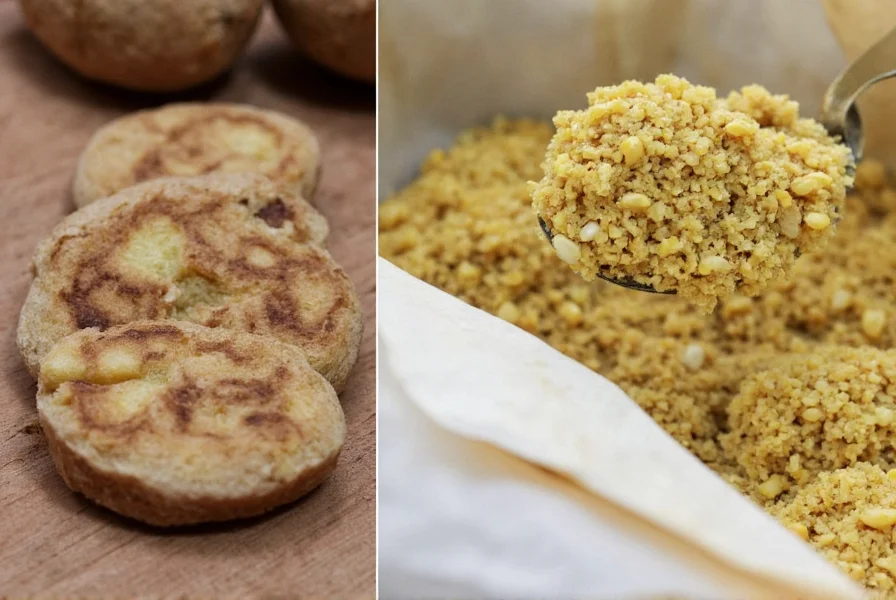

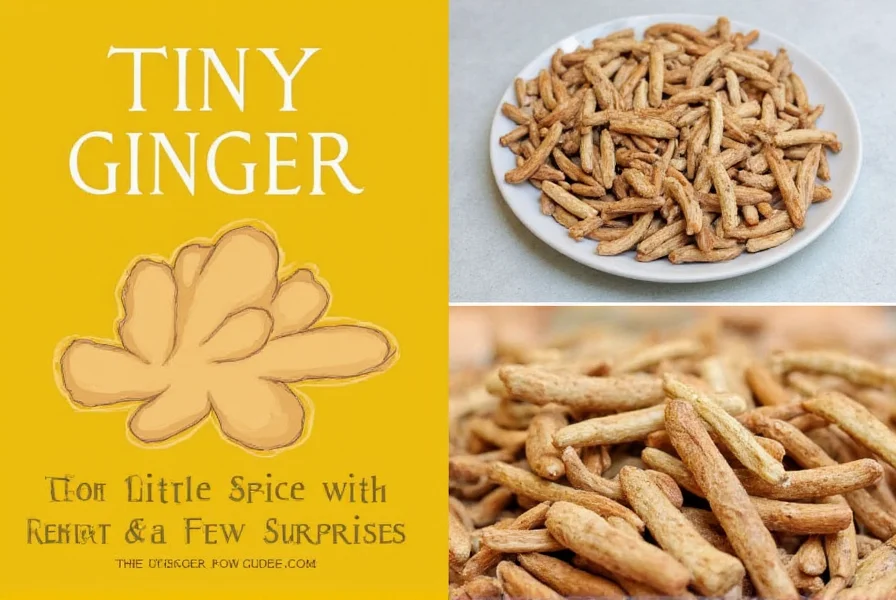









 浙公网安备
33010002000092号
浙公网安备
33010002000092号 浙B2-20120091-4
浙B2-20120091-4